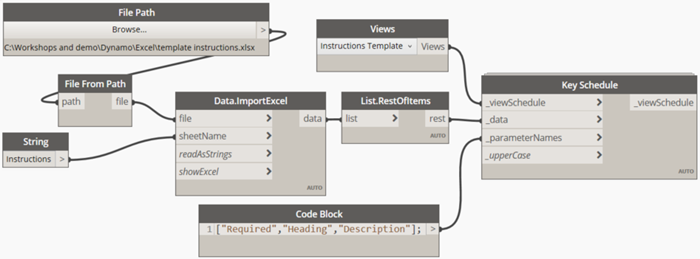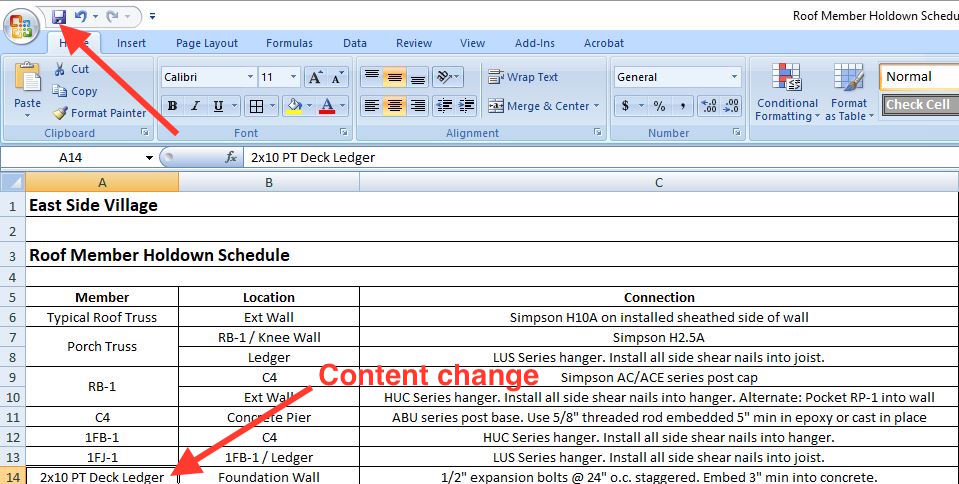Revit Accelerator: Excel Combination Techniques for Boosting Efficiency and Collaboration
Are you seeking to improve your productivity and cooperation while utilizing Revit? Look no more! In this short article, we will discover the benefits of incorporating Excel right into your Revit workflows. Discover how you can streamline your procedures, make the most of collaboration, and also learn sophisticated methods for raising productivity. Plus, we will certainly share finest methods for flawlessly incorporating Excel right into your Revit projects. Obtain ready to supercharge your Revit experience with our Revit Accelerator: Excel Assimilation Strategies!
Benefits of Excel Integration in Revit
The advantages of Excel combination in Revit are various and can substantially enhance efficiency and cooperation. By perfectly attaching these 2 powerful tools, you can enhance your workflow and conserve useful time. With Excel assimilation, you can easily import and export data between Revit and Excel, permitting you to leverage the strengths of both programs.

One more advantage of Excel assimilation is the ability to produce dynamic routines and records. By connecting your Revit version to an Excel spreadsheet, any type of adjustments made in Revit will automatically update in the corresponding Excel data. This makes it very easy to generate up-to-date timetables, quantity launches, and various other job documents.
Excel combination in Revit also allows much better partnership amongst employee. With the ability to import and export information, you can easily share info with colleagues who may not have access to Revit. This promotes reliable communication and permits better sychronisation and decision-making.
Simplifying Operations With Revit and Excel
Enhancing workflows with Revit and Excel can greatly improve performance and cooperation. By integrating the capacities of Revit and Excel, you can perfectly move data between the 2 applications, removing the demand for hand-operated information entrance and decreasing the danger of mistakes.
Making Use Of Revit and Excel together enables you to utilize the strengths of each program - revit tool. You can export data from Revit right into Excel, where you can perform complex estimations, create graphs and graphes, and assess the information in a more effective and organized manner. On the other hand, you can import information from Excel right into Revit, enabling you to quickly update your models and documentation based on adjustments made in Excel
The combination of Revit and Excel additionally promotes collaboration among employee. By sharing Excel files, you can quickly interact and collaborate on layout and construction-related data. This enhances coordination and makes sure that every person is collaborating with the most updated see this site details.
Taking Full Advantage Of Collaboration With Excel and Revit
To maximize collaboration with Excel and Revit, you can effortlessly share and update style and construction-related data with your group. With just a few clicks, you can import Excel spread sheets into your Revit design, allowing you to quickly accessibility and manipulate the information.
One of the essential advantages of using Excel in combination with Revit is the capability to upgrade information in both programs concurrently. Any modifications made in Excel will instantly be reflected in Revit, and the other way around. This guarantees that everyone is dealing with one of the most up-to-date information, staying clear of complication and saving useful time.
In addition, Excel offers effective devices for evaluating and arranging information, which can greatly boost your partnership initiatives. You can develop custom-made records and charts in Excel, assisting you to picture and communicate crucial job details efficiently. When providing data to stakeholders or making informed decisions based on task metrics (revit tool)., this can be specifically helpful.
Advanced Methods for Enhancing Productivity in Revit Using Excel
By using innovative methods in Revit, you can considerably enhance your efficiency by leveraging the power of Excel. With Revit's Excel integration attribute, you can connect Excel spread sheets straight to your Revit version, allowing you to quickly manage and update go to these guys information.

Furthermore, you can make use of Excel macros to automate repetitive tasks in Revit (revit plugins). Macros allow you to tape-record a collection of activities and play them back with a single click, saving you effort and time. For instance, you can produce a macro to automatically create space timetables or update criterion values in mass.
Ideal Practices for Excel Integration in Revit
Utilizing Excel as an information Get More Information monitoring device in Revit enables efficient administration and updating of information. By integrating Excel into your Revit workflow, you can improve your processes and enhance performance. Among the very best practices for Excel assimilation in Revit is to develop a clear and arranged information framework. This suggests designing your Excel spreadsheets with columns and rows that line up with the specifications and classifications in your Revit job. By doing so, you can quickly import and export data between Revit and Excel without any complication. Another best method is to utilize formulas and features in Excel to automate estimations and data control. This can save you time and make certain precision in your data administration. Furthermore, it is necessary to routinely upgrade your Excel spread sheets and sync them with your Revit job. This way, any kind of changes made in Revit will be shown in your Excel data, and vice versa. By adhering to these finest methods, you can efficiently use Excel as a data management device in Revit and improve your performance and cooperation.
Verdict
In final thought, incorporating Excel with Revit can considerably enhance efficiency and cooperation in the layout procedure. By leveraging the power of Excel, Revit users can achieve higher levels of productivity and partnership in their jobs.
With Excel combination, you can quickly import and export data between Revit and Excel, permitting you to leverage the strengths of both programs.
One of the vital benefits of Excel combination is the capability to make use of Excel solutions and features within Revit. By linking your Revit design to an Excel spreadsheet, any kind of changes made in Revit will automatically update in the equivalent Excel documents. On the various other hand, you can import data from Excel into Revit, allowing you to promptly upgrade your models and documentation based on changes made in Excel.
With Revit's Excel integration feature, you can link Excel spread sheets straight to your Revit design, enabling you to easily manage and upgrade data.